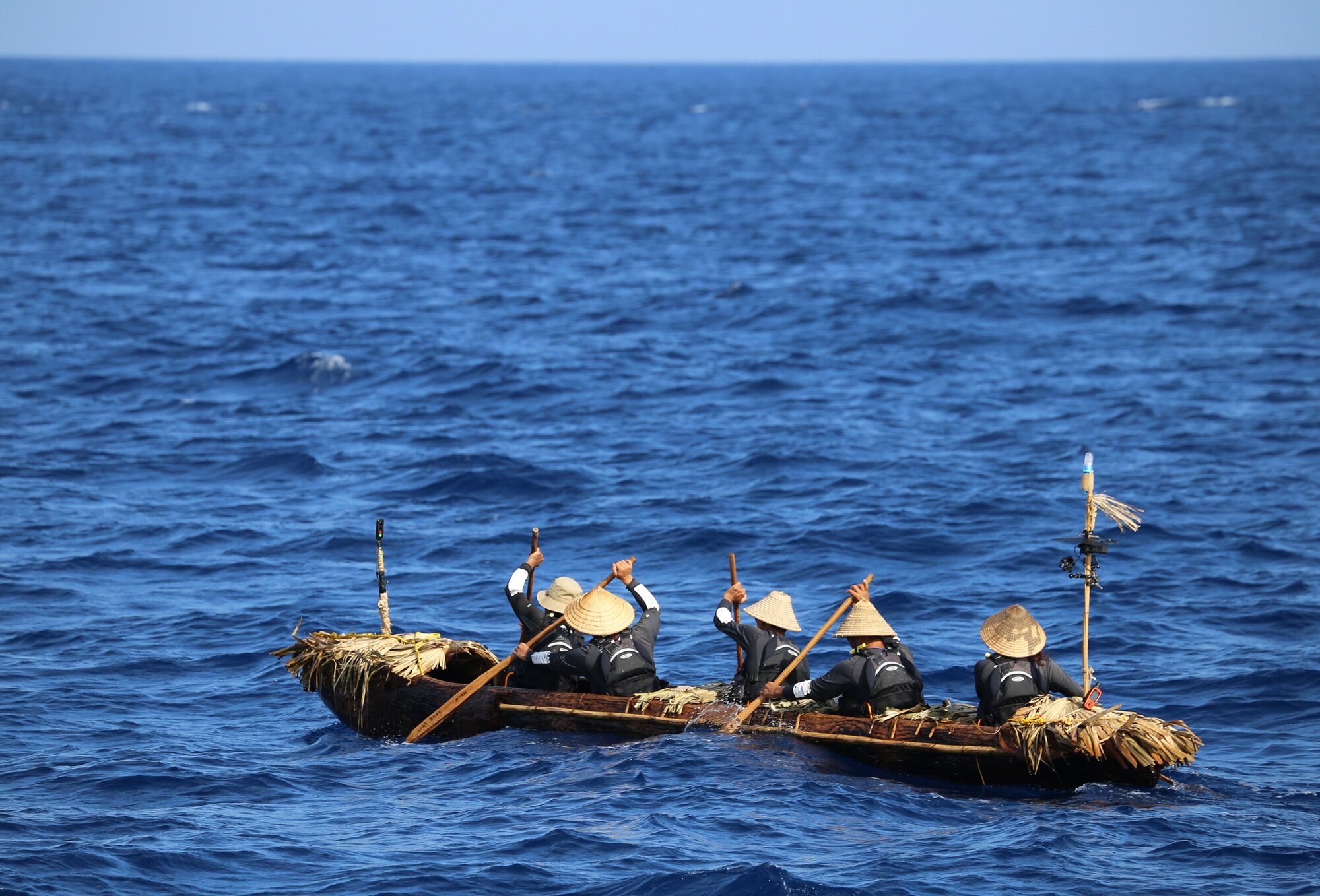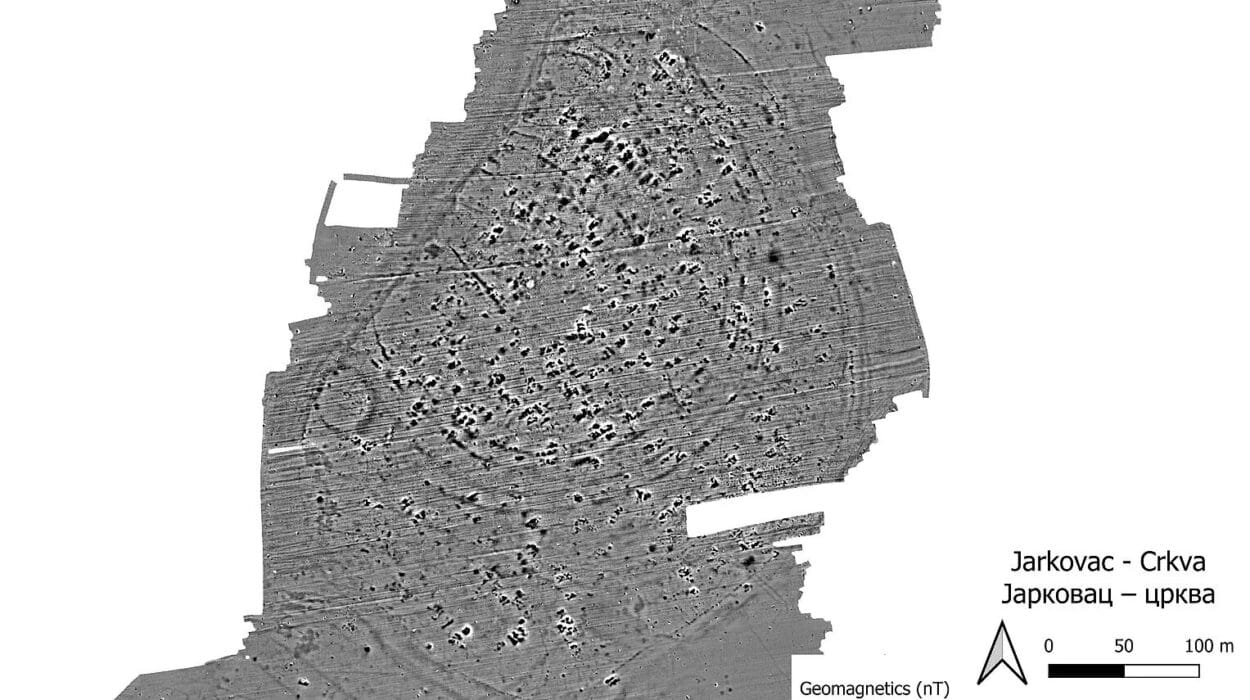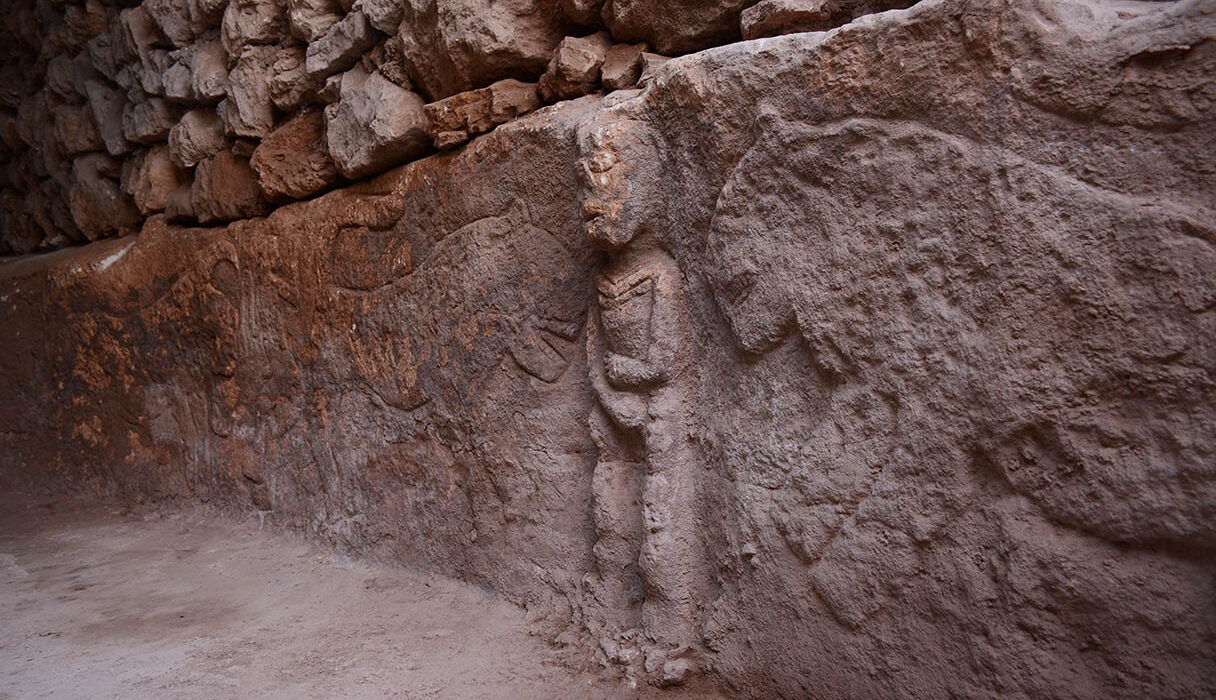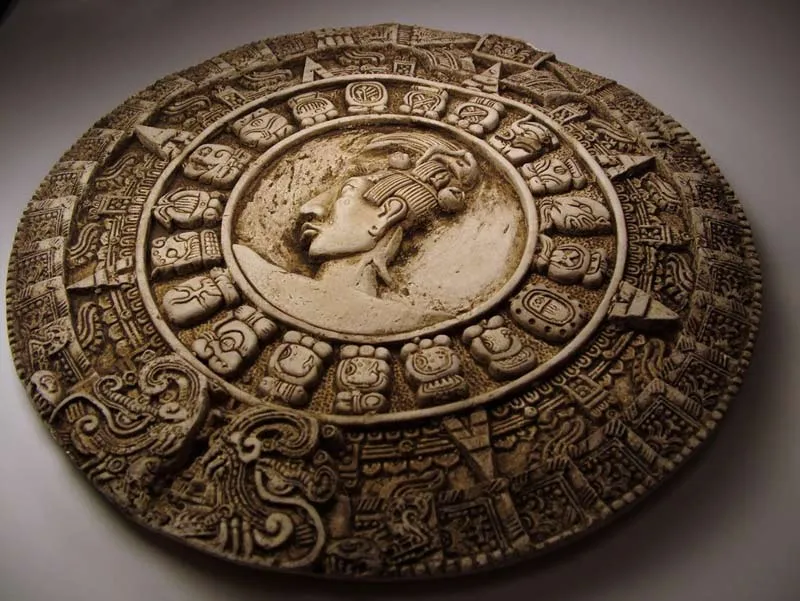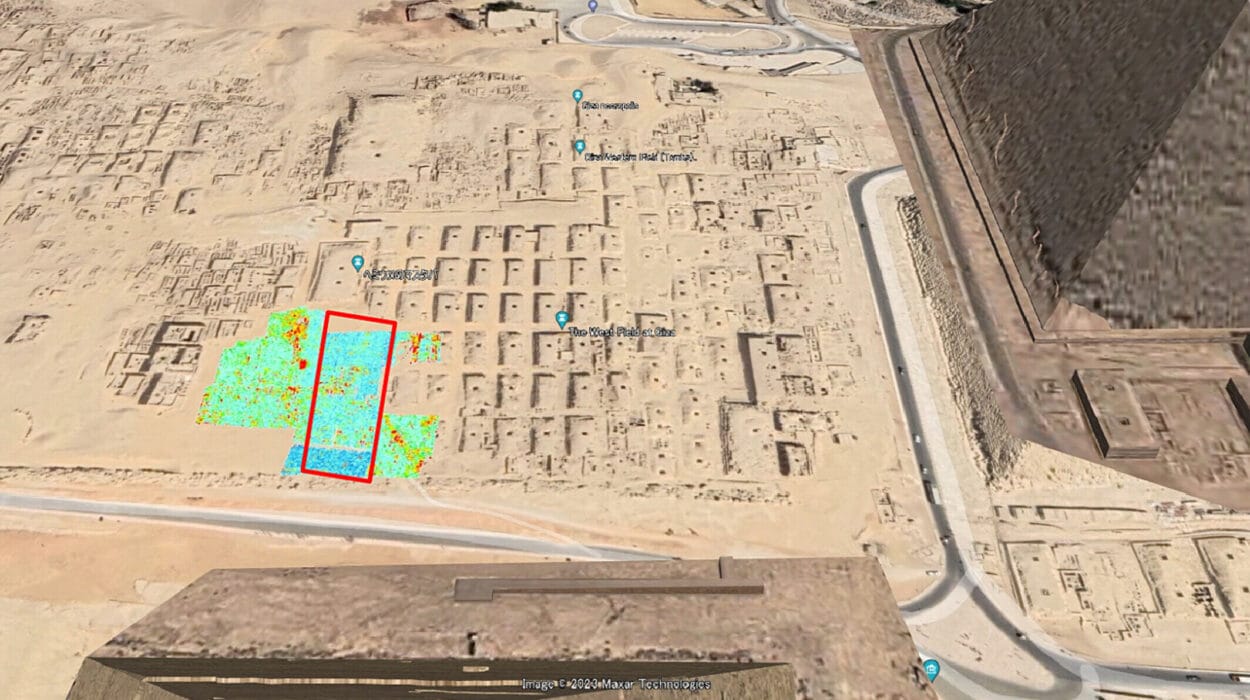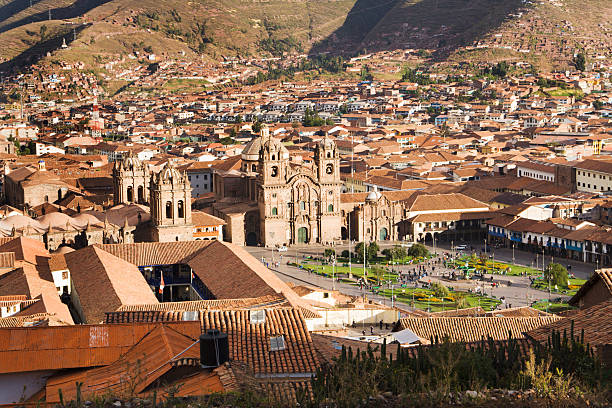Thirty thousand years ago, long before compasses, maps, or even metal tools existed, a group of daring humans did the unthinkable: they crossed one of the world’s most powerful ocean currents—the Kuroshio—using only primitive canoes carved with stone tools, their navigation guided by the stars, the sun, and their instincts. This astonishing chapter of human history, once cloaked in mystery, is now being illuminated by a team of modern explorers and scientists who decided to go beyond the lab and put ancient maritime theory to the test.
In a project that combined cutting-edge simulations with daring experimental archaeology, researchers from Japan and Taiwan, led by Professor Yousuke Kaifu of the University of Tokyo, have recreated the incredible sea journeys of Paleolithic peoples. Their findings, published in two new papers in Science Advances, offer compelling evidence that early modern humans were far more strategic, daring, and skilled at open-ocean travel than previously believed.
The Forgotten Voyagers of the Paleolithic Sea
It’s easy to imagine our ancestors as land-bound beings, slowly spreading across continents by foot. But the human story is more ambitious—and more oceanic—than that. Archaeological evidence has long shown that modern humans reached the islands of southern Japan, including Okinawa, around 30,000 years ago. But how did they get there?
The sea between Taiwan and the southern Japanese archipelago is no gentle bay. It’s part of the vast Pacific, churned by the relentless Kuroshio Current—a massive, warm-water flow that surges northeastward at high speeds. Even today, with GPS and modern engines, crossing it is no small feat.
“Archaeological remains can’t tell us the full story,” Kaifu explained. “The ocean doesn’t preserve ancient boats or paddles. So we had to go beyond excavation—to experience what they experienced.”
What began as a series of questions—How did they do it? Could they have done it?—blossomed into a scientific adventure unlike any other.
Building the Past with the Tools of the Past
In 2019, the research team built a dugout canoe using exact replicas of 30,000-year-old stone tools. They named it Sugime—a 7.5-meter long vessel carved from a single trunk of Japanese cedar. It was slow, exhausting work. Every notch and curve had to be coaxed from the wood using only what our ancestors would have had: chipped stone and determination.
Once built, they didn’t just admire the boat—they launched it into the same open sea that ancient migrants would have faced. From eastern Taiwan, they paddled Sugime across 225 kilometers of open ocean to Yonaguni Island, part of Japan’s Ryukyu chain.

The journey took more than 45 hours. With no GPS, no maps, and at times no land in sight, the crew relied on ancient techniques: reading ocean swells, tracking the sun and stars, and trusting their route like the explorers of millennia past.
“When we started seeing the silhouette of Yonaguni on the horizon, it was like time folded in on itself,” one of the team members said. “We were following the path of the first ocean voyagers.”
Rafts, Currents, and Course Corrections
Before settling on canoes, the researchers had tried other ancient technologies. Rafts, for example, seemed like a logical candidate. But repeated tests showed that they were too slow, too vulnerable. They couldn’t withstand the battering force of the Kuroshio Current.
“Only canoes had the speed and durability,” Kaifu explained. “But that’s not enough. You also need the knowledge—where to start, when to launch, how to angle your journey.”
To answer those deeper questions, the team turned to the digital ocean.
Using advanced numerical ocean models, lead researcher Yu-Lin Chang and his colleagues ran hundreds of virtual voyages across different seasons, launch points, and paddling strategies. Chang, an expert in oceanography, typically studies the migrations of sea creatures like eels and salmon. Now, he was modeling ancient human migration in the same waters.
“The Kuroshio is so strong, I always assumed that once you’re caught in it, you’re just drifting,” Chang said. “But the simulations surprised us. If you start from northern Taiwan and adjust your heading slightly southeast, you can work with the current—not against it—and reach the islands. It’s a subtle but powerful strategy.”
These simulations filled in the gaps that real-life voyages couldn’t. They showed that the timing, direction, and departure point were critical. Without this knowledge, the odds of success would have plummeted. But with it? The ancient crossing was not only possible—it was probable.
Courage Without Return: One-Way Journeys into the Unknown
One of the most striking conclusions of the research is this: the first migrants to the Ryukyu Islands likely didn’t come back.
“There’s no evidence of return trips at this early stage,” Kaifu said. “Without maps or knowledge of the current’s full behavior, a return would have been nearly impossible. These people weren’t just travelers—they were settlers. They risked everything to reach a new world.”
Imagine the stakes: paddling out into the vast, unknowable sea, not knowing if you’d ever see land again. And yet, they went. Not just once, but enough times to establish populations, cultures, and history.
It reframes our image of Paleolithic humans. They weren’t just hunters and gatherers. They were risk-takers, strategists, and seafarers who tackled the world’s challenges with ingenuity and grit.
Rewriting the Story of Human Exploration
The implications of this research go far beyond the East China Sea. For decades, scientists have debated the capabilities of early humans to navigate vast waters. Similar questions surround the peopling of Australia, the colonization of the Pacific, and even ancient crossings into the Americas.
Kaifu’s team joins a growing movement of researchers using “experimental archaeology” to test human potential through real-world action. Their journey echoes the legendary Kon-Tiki expedition of 1947, when Thor Heyerdahl sailed a handmade raft across the Pacific to prove that ancient South Americans could have reached Polynesia.
But unlike Kon-Tiki, this project is rooted in local archaeological data, regional ocean models, and a precise understanding of ancient tool use. It’s not just an adventure—it’s a tightly controlled experiment that merges science and storytelling.
The Will to Explore: What We Share with Our Ancestors
Beyond the numbers and models, what this project reveals is something deeply human: a shared spirit across the ages.
“Our Paleolithic ancestors were real challengers,” Kaifu said. “Like us, they strategized. They took bold risks. They looked out into the unknown and thought: ‘Let’s go.’”
There’s poetry in that. In a time when we send machines to Mars and probe the secrets of black holes, it’s humbling to remember that some of the greatest voyages happened without technology—only courage and curiosity.
The team’s work is ongoing. Data from the Sugime voyage continues to inform new models. Other experimental trips are in the planning stage. But the legacy of this project is already clear.
In retracing the paddles of the past, we don’t just learn how our ancestors moved. We learn why.
Because even then, before the wheel or the written word, humans were explorers. And the ocean—vast, dangerous, beautiful—wasn’t a boundary.
It was an invitation.
References: Yu-Lin Chang et al, Traversing the Kuroshio: Paleolithic migration across one of the world’s strongest ocean currents, Science Advances (2025). DOI: 10.1126/sciadv.adv5508. www.science.org/doi/10.1126/sciadv.adv5508
Yousuke Kaifu, Palaeolithic seafaring in East Asia: an experimental test of the dugout canoe hypothesis, Science Advances (2025). DOI: 10.1126/sciadv.adv5507. www.science.org/doi/10.1126/sciadv.adv5507
